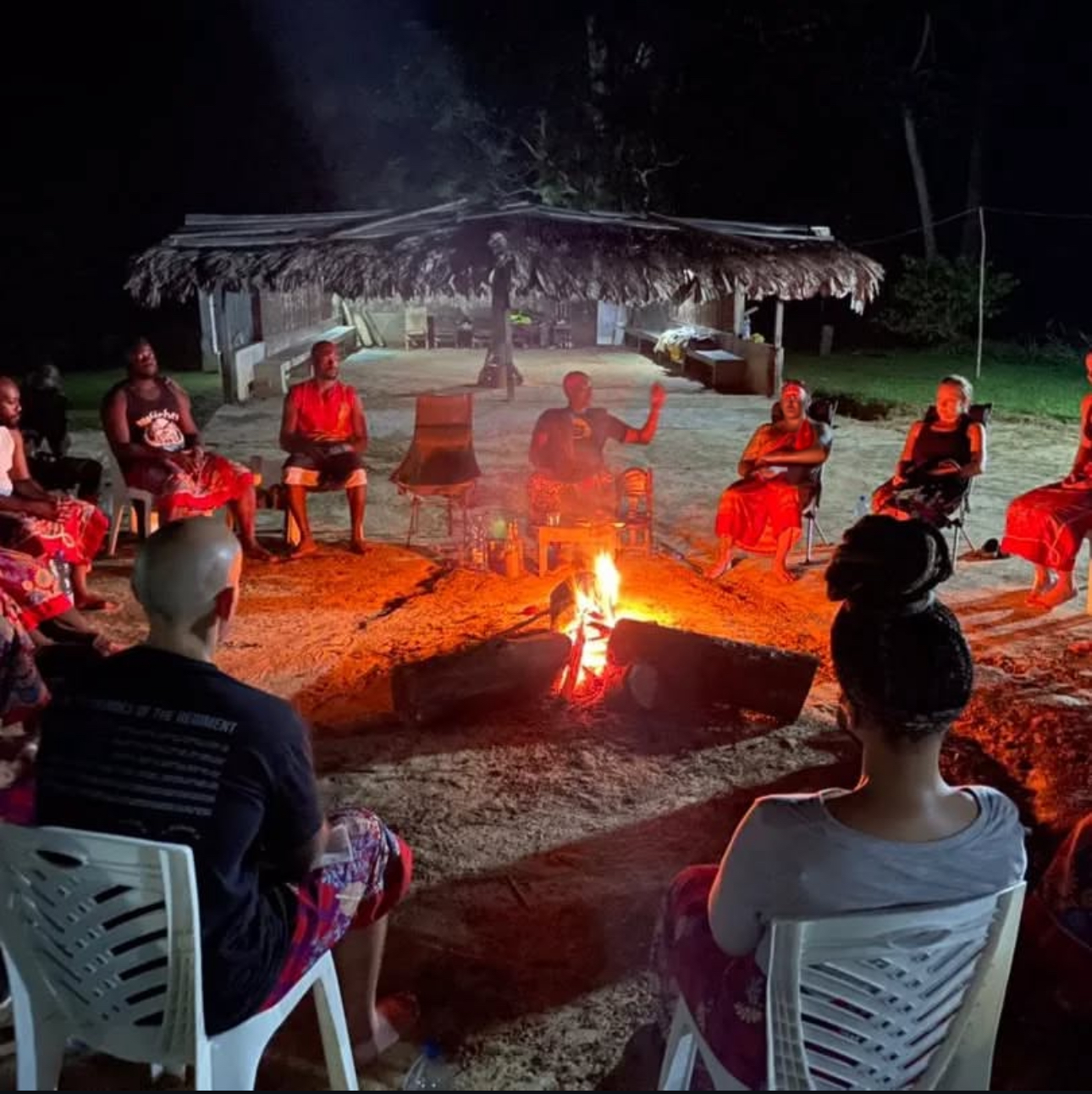Introduction
In the pursuit of mental wellness and creative enhancement, nature's remedies like psilocybin mushrooms and the African shrub Iboga have captured the interest of many. This article explores the "afterglow effect" – a state of increased psychological well-being and creativity following the consumption of these substances, drawing from scientific data and personal experiences.
Understanding the Afterglow Effect
The afterglow effect is a post-consumption phenomenon where individuals experience heightened positivity, emotional stability, and a boost in creative thinking. This effect is characterized by openness, a departure from usual thought patterns, and a fresh perspective on problem-solving.
Physical Manifestations and Duration
While mainly psychological, the afterglow can also have physical signs like relaxation and reduced stress symptoms. The duration varies, often lasting from several days to weeks, influenced by individual experiences and the substance used.
The Creative Boost from Mushrooms
Scientific Insights
Studies, such as those in the Journal of Psychopharmacology, have shown that psilocybin can increase convergent and divergent thinking, essential components of creativity.
Practical Methods
- Microdosing: Involves taking small, sub-hallucinogenic doses of psilocybin mushrooms, enhancing problem-solving without intense psychoactive effects.
- Guided Sessions: Sessions with trained professionals can help in navigating the experience and unlocking deeper creative insights.
- Integration Practices: Post-experience activities like journaling help in materializing the creative thoughts experienced during the afterglow.
Iboga's Contribution to Creativity
Cultural and Scientific Background
Iboga, integral to Bwiti spiritual practices, has been studied for its impact on addiction and trauma. Its role in creativity, though less researched, is linked to introspection and altered consciousness.
Potential for Creativity
Anecdotal evidence suggests that Iboga's introspective quality may indirectly foster creativity by offering new perspectives on problem-solving.
Comparative Analysis
Psilocybin and ibogaine, while both potentially enhancing creativity, have different mechanisms. Psilocybin influences creative thinking directly, while Iboga's impact is more about emotional processing and insight.
Testimonials and Personal Experiences
- A graphic designer felt "unusually inspired" for weeks after a psilocybin session.
- An author described a single Iboga experience as providing a "fresh outlook" on her writing project. ### Exploring Historical and Cultural Contexts Psilocybin's Historical Use Psilocybin mushrooms have been used in various cultures for centuries, often in spiritual and religious contexts. This historical use underlines the long-standing belief in their mind-expanding properties. Iboga in Bwiti Practices In Bwiti practices, Iboga is not just a substance but a spiritual guide, believed to offer wisdom and insights. This cultural reverence highlights its significance beyond a mere psychedelic. ### Safety and Ethical Considerations Approaching the use of these substances with caution and under professional guidance is crucial. Understanding their powerful nature and legal status is essential for safe and informed use. ### The Science Behind Creativity and Psychedelics Recent neurological studies have suggested that substances like psilocybin and ibogaine can disrupt default mode network activity in the brain. This disruption is believed to contribute to the afterglow effect, allowing for a more free-flowing, creative thought process. ### Conclusion Mushrooms and Iboga offer unique insights into human cognitive potential, blending ancient wisdom with modern science. While they support enhanced creativity through the afterglow effect, mindfulness and respect for their powerful nature are paramount.






